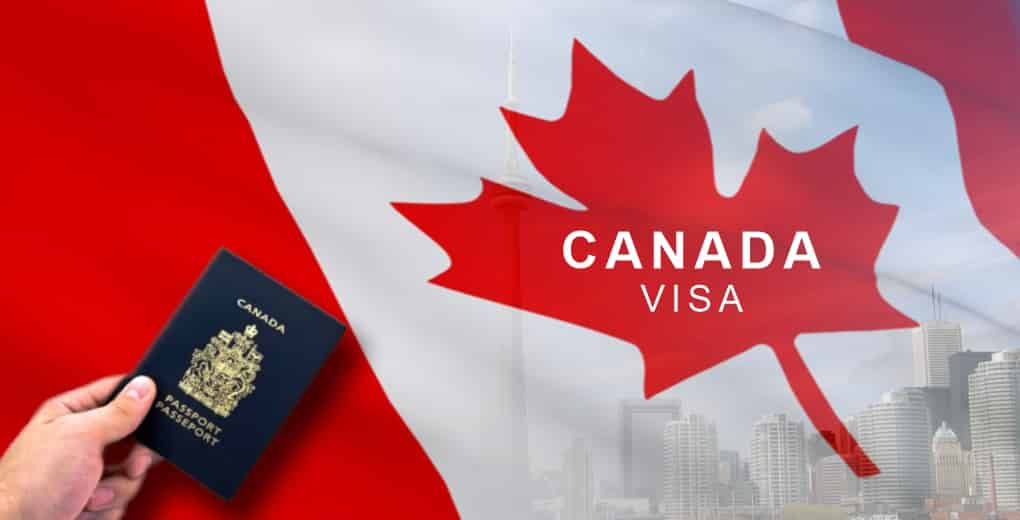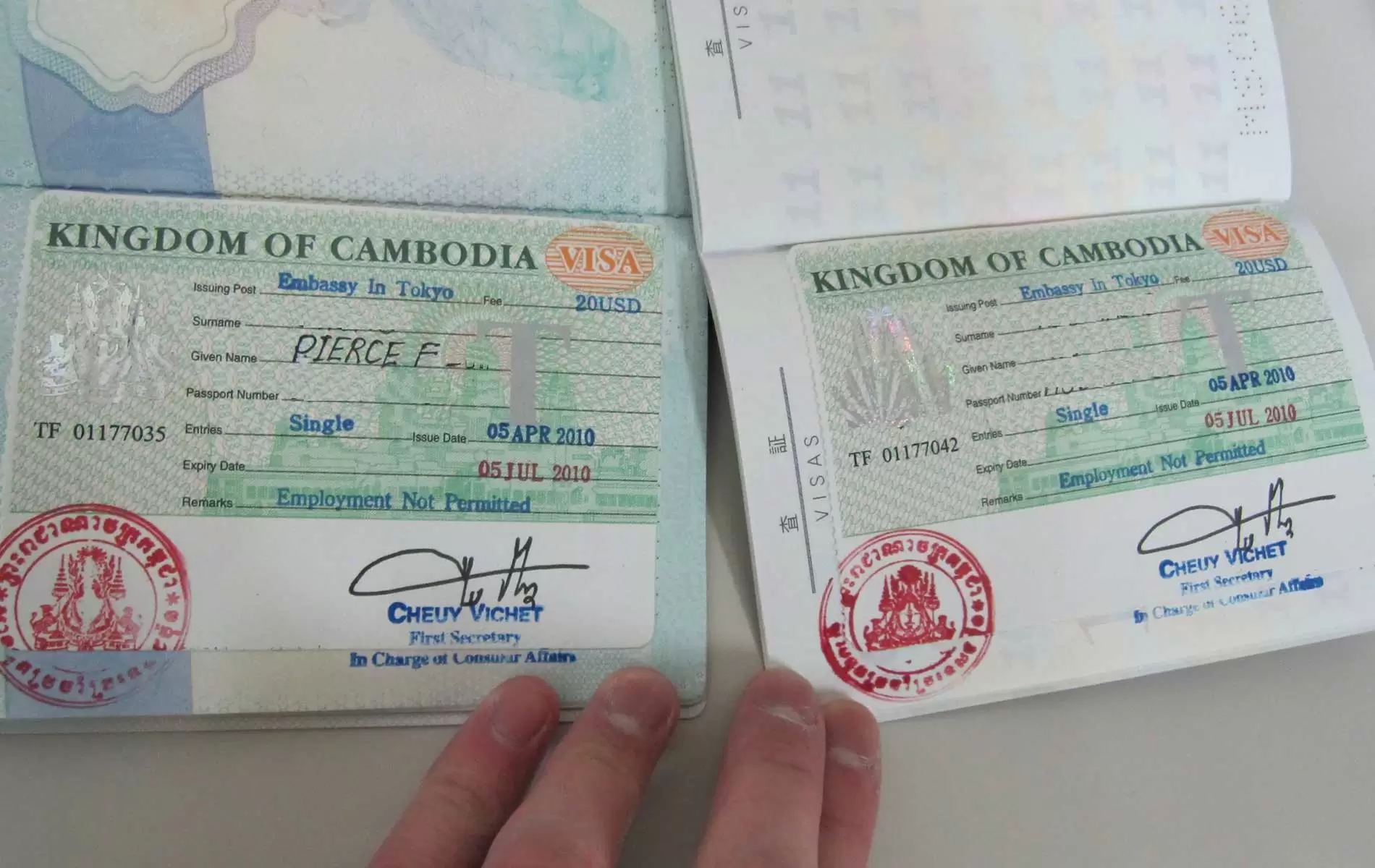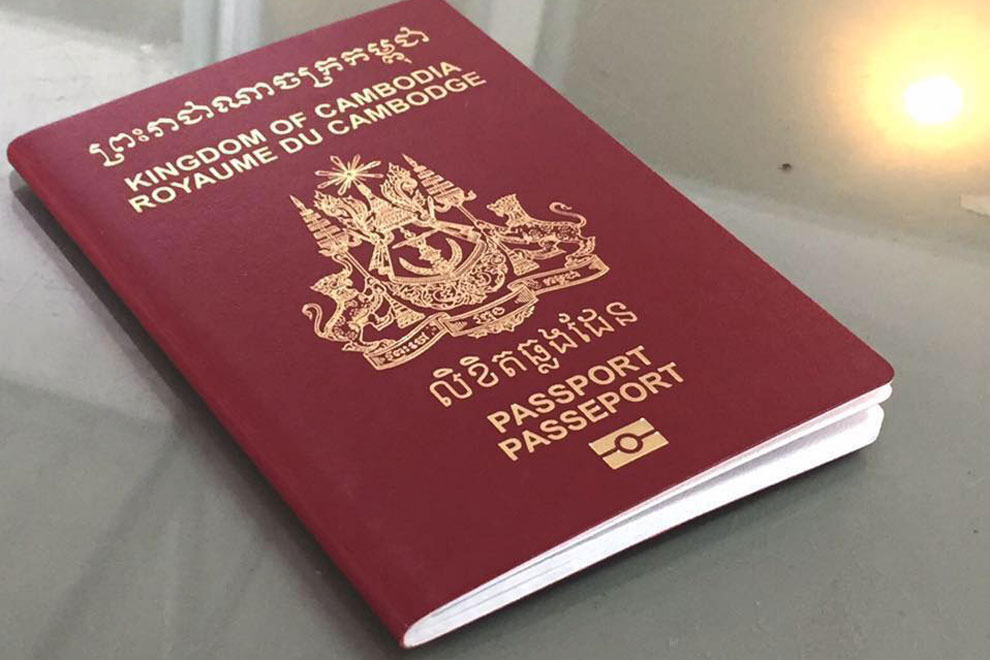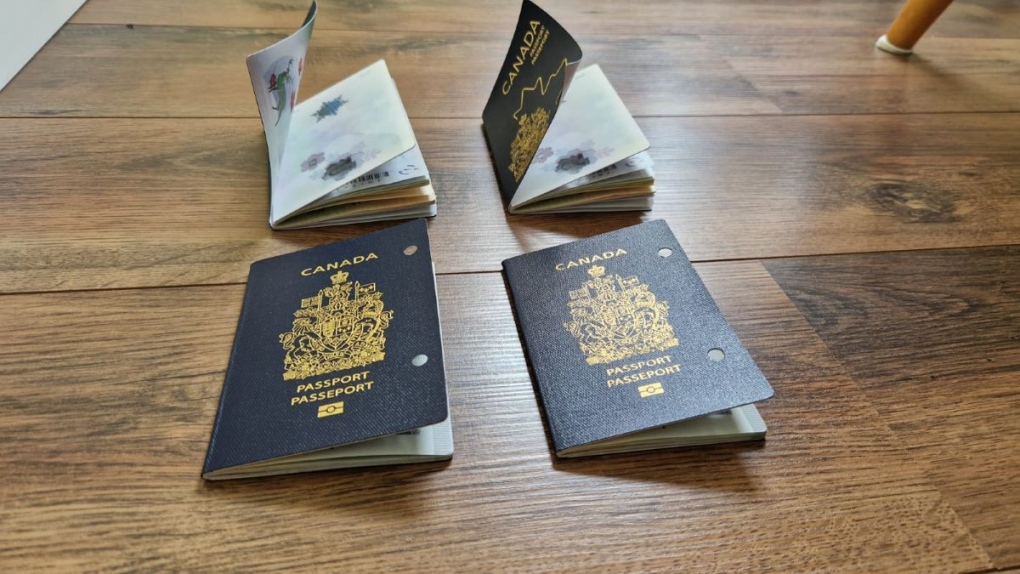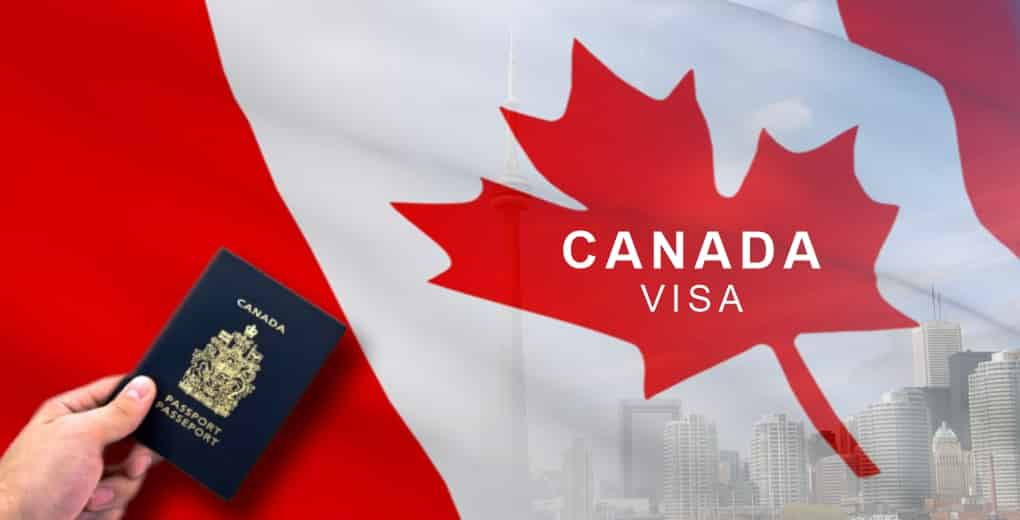
Introduction:
Capture the Flag game, a classic outdoor game that has withstood the test of time, continues to captivate the hearts and minds of players young and old. This timeless activity transcends generations, offering a perfect blend of strategy, teamwork, and physical prowess. In this comprehensive guide, we’ll explore the intricacies of how to play Capture the Flag game, providing insights into the rules, strategies, and tips to ensure an exhilarating and memorable experience for all participants.
The Foundation: Understanding the Basics
- Setting Up the Field:
Before diving into the game, it’s crucial to establish a well-defined playing field. Divide the area into two equal halves, each serving as a team’s territory. Mark the boundaries clearly to avoid any disputes during the game.
- Gathering Equipment:
Equip each team with a distinct flag, easily recognizable and preferably contrasting in colour to the surroundings. Additionally, armbands or other markers can be used to differentiate team members.
- Assembling Teams:
Divide players into two teams, ensuring a relatively equal distribution of skills and abilities. The number of players on each team may vary based on the size of the playing area, but a balance is essential for a fair and exciting game.
The Objective: Capture the Flag game
- Placing the Flags:
Position each team’s flag within their territory, typically at the back or centre. The objective is for teams to infiltrate the opponent’s territory, capture their flag, and return it safely to their own base without being tagged by opponents.
- Tagging Opponents:
If a player is tagged by an opponent within the opponent’s territory, they are typically sent to a designated “jail” or a holding area. Teammates can rescue jailed players by reaching the jail and performing a designated action, such as tagging the jailed player to free them.
Securing the Flag:
Once a player successfully infiltrates the opponent’s territory and captures their flag, they must carry it back to their own territory without getting tagged. If tagged, the flag must be returned to its original position, and the player is sent to jail.
Winning the Game:
The game continues until a team successfully captures the opponent’s flag and brings it back to their territory without being tagged. The team accomplishing this objective is declared the winner.
Strategies for Success:
- Communication is Key:
Establishing effective communication within your team is paramount. Develop a system of signals or calls to convey information quickly and efficiently. Clear communication aids in coordinating movements, planning strategies, and alerting teammates to potential threats.
Divide and Conquer:
Divide your team strategically, assigning roles based on each player’s strengths. Some may excel at offence, while others are adept at defence. By leveraging individual skills, teams can create a more cohesive and well-rounded strategy.
Scouting and Reconnaissance:
Prioritise reconnaissance to gather intel on the opponent’s defensive positions and potential weak points. Identifying the layout of the playing field, locating opponents, and assessing their strategies will give your team a tactical advantage.
Diversify Your Tactics:
Avoid predictability by diversifying your team’s tactics. Implement a mix of offensive and defensive strategies, surprise attacks, and decoys to keep opponents on their toes. Flexibility is crucial for adapting to the evolving dynamics of the game.
- Cover and Support:
Foster a culture of mutual support within your teams. Assign players to provide cover for those attempting to infiltrate the opponent’s territory or retrieve the flag. Teamwork ensures that each player’s strengths contribute to the overall success of the mission.
Create Distractions:
Implement strategic distractions to divert the attention of the opposing team. Whether it’s a feigned attack or a sudden surge from a different direction, distractions can create openings for your team to advance or retrieve the flag.
Time Management:
Be mindful of the game’s duration and pace your efforts accordingly. Rushing into the opponent’s territory without a well-thought-out plan may lead to unnecessary setbacks. Effective time management is essential for executing successful flag captures.
Tips for an Enjoyable Experience:
- Promote Sportsmanship:
Emphasise the importance of fair play and sportsmanship. Capture the Flag is not just a game; it’s an opportunity to build camaraderie and teamwork. Encourage positive interactions and respectful behaviour among players.
Adapt Rules for Age Groups:
Capture the Flag game can be enjoyed by players of all ages. Consider adapting rules and equipment to accommodate younger participants, ensuring a safe and enjoyable experience for everyone involved.
Include Everyone:
Capture the Flag game is inclusive game that can be modified to accommodate players of varying abilities. Tailor the rules to ensure that everyone can participate and contribute to the team’s success.
Vary the Terrain:
Experiment with different playing environments to add variety to the game. Whether it’s played in a park, a wooded area, or an open field, the terrain can influence strategies and create unique challenges for players.
Conclusion:
Capture the Flag game transcends its status as a mere outdoor game; it’s a dynamic, strategic, and timeless activity that fosters teamwork, communication, and friendly competition. By understanding the fundamentals, embracing strategic thinking, and incorporating a sense of sportsmanship, players can elevate their Capture the Flag experience to new heights. So, gather your team, mark your territories, and embark on a thrilling adventure filled with strategy, camaraderie, and the pursuit of victory in the world of Capture the Flag.


